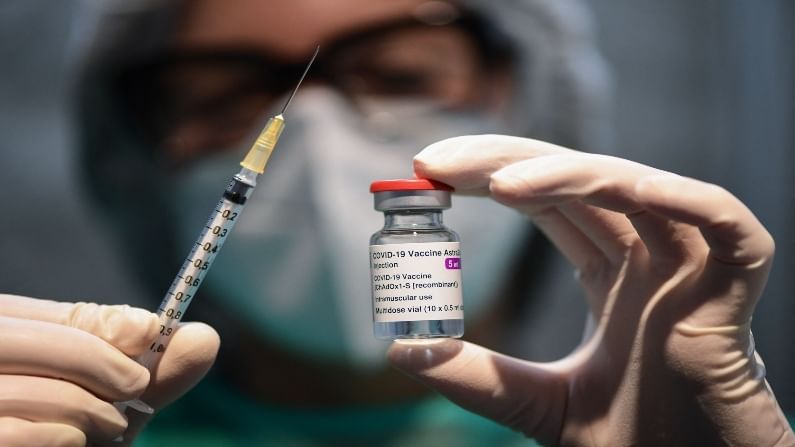Centre says COVID vaccine wastage in India is 6.5%, calls for optimal utilisation of shots
Health Secretary Rajesh Bhushan said that 3.51 crore COVID vaccine doses have been administered till now in the country

New Delhi: The average of COVID-19 vaccine wastage in India is 6.5%, with Telangana and Andhra Pradesh recording 17.6 and 11.6% wastage, respectively, the Centre said on March 17 as it called for optimal utilisation of the jabs.
Addressing a press conference, Health Secretary Rajesh Bhushan said that 3.51 crore vaccine doses have been administered till now in the country, which include 1.38 crore beneficiaries aged 45-60 years with specific co-morbidities and those above 60 years who have been given the first dose.
On March 15, 8.34 million COVID-19 vaccine doses were administered worldwide, of which India alone administered 36% of doses, he said.
Bhushan said COVID-19 vaccine wastage in five states — Telangana, Andhra Pradesh, Uttar Pradesh, Karnataka and Jammu and Kashmir—is higher than 6.5%, which is the national average.
“The message we have shared with states is that vaccines are invaluable commodities. They are public health goods and therefore vaccines have to be optimally utilised. Vaccine wastage has to be drastically reduced. Any reduction in wastage means that you end up inoculating more people and therefore the chances of disrupting the chain of infection grow that much more,” he said.
On the increase in daily COVID-19 cases from March 1-15, he said about 70 districts in 16 states have registered more than 150% increase in active cases, while 55 districts in 17 states have registered 100-150% rise in cases. Most of these districts are in west and north India.
Elaborating on the rise in cases in states, he said, “If we look at Maharashtra, 60% of all active cases are concentrated in Maharashtra and 45% of new deaths are concentrated in Maharashtra.”
“On March 1, an average of 7,741 new cases were being reported. By March 15, the number increased to an average of 13,527. The positivity rate on March 1 used to be 11% which rose to 16% by March 15,” he said.
Noting that the high positivity rate is a matter of concern, he said the test numbers are not increasing at the same rate as the positivity rate is increasing.
“So our advice to the states, specially Maharashtra, is that there is a need to increase the testing rate, specially the RT-PCR rate,” he said.
In Punjab on March 1, an average of 531 new cases were reported. By March 15, the number increased to an average of 1,338. The positivity rate has doubled and RT-PCR share is 89%, he said.
In Chandigarh on March 1, an average of 49 new cases were reported. By March 15, the number increased to an average of 111. The positivity rate has increased from 3.5% to 7.5% and RT-PCR share is 40%.
“We would want a distinct increasing trend of tests in which RT-PCR share is substantially higher than the current 40% share,” he said.
In Chhattisgarh on March 1, an average of 239 new cases were being reported. By March 15, the number increased to an average of 430. The positivity rate increased from 1.4% to 2.4% and RT-PCR share is 34%. So, again, we would want the RT-PCR tests to increase to up to 70% and also an overall increase in testing.
In Gujarat on March 1, an average of 398 new cases were reported. By March 15, the number increased to an average of 689. The positivity rate increased from 2.4% to 4% and RT-PCR share is 50%.
In Karnataka, on March 1, an average of 443 new cases were reported. By March 15, the number increased to an average of 751. The positivity rate increased from 0.8% to 1.3% and RT-PCR share is 93%.
To handle the increasing cases especially in 12 states, states have been advised to ensure strict adherence to mask wearing, physical distancing and hand hygiene along with greater vigilance and monitoring at the highest levels for all potential events where crowds gather. They have asked to ensure clinical management in districts reporting higher deaths and efficient implementation of ‘test, track and treat’ strategy. There should be significantly increased testing in all districts and an increase in the proportion of RT PCR tests to a minimum of 70%.
“We are advising the states to ensure all close contacts of any positive person are traced, isolated and tested in 72 hours. They have asked to identify clusters, focus on surveillance and stringent implementation of containment zone approach and undertake priority vaccination of identified groups in districts reporting higher cases,” he said.